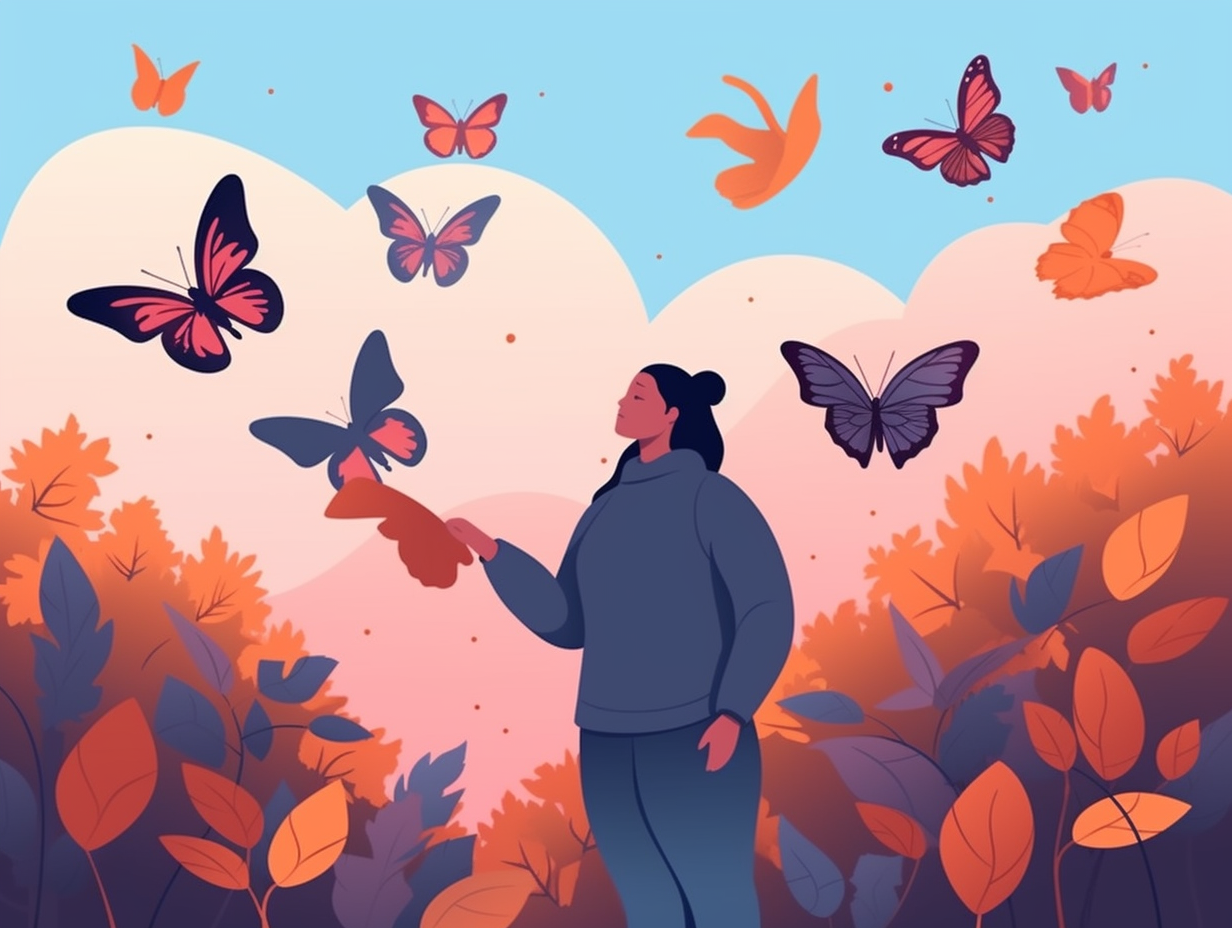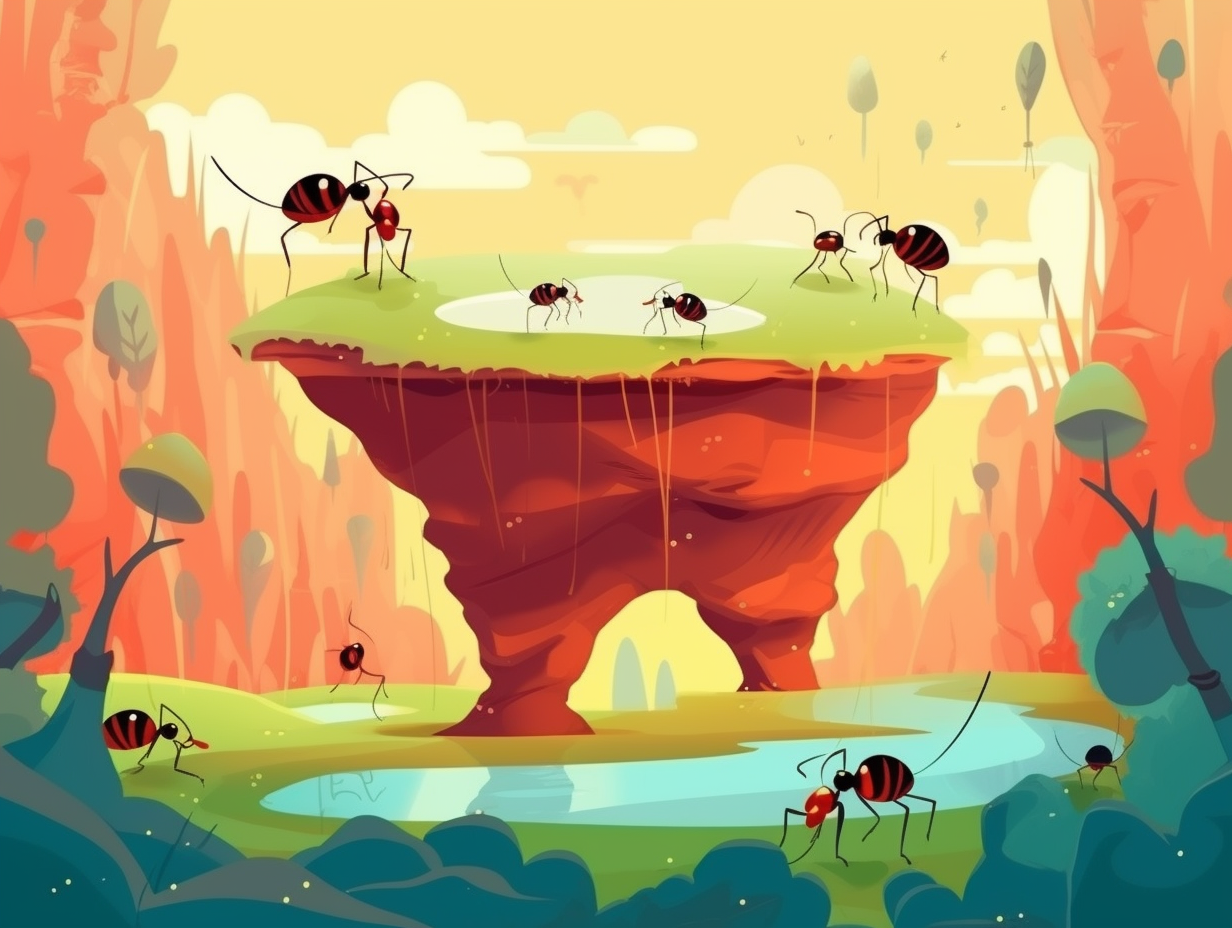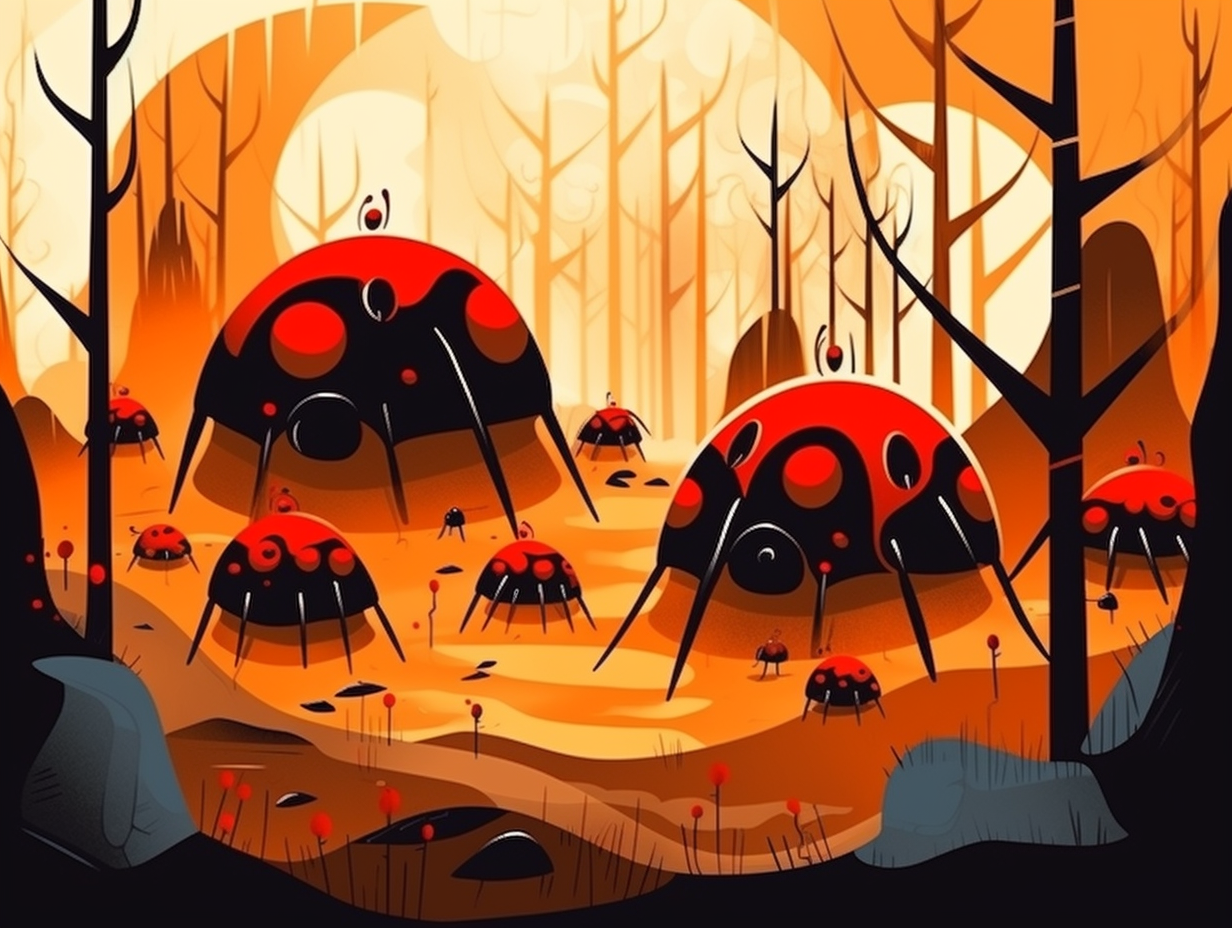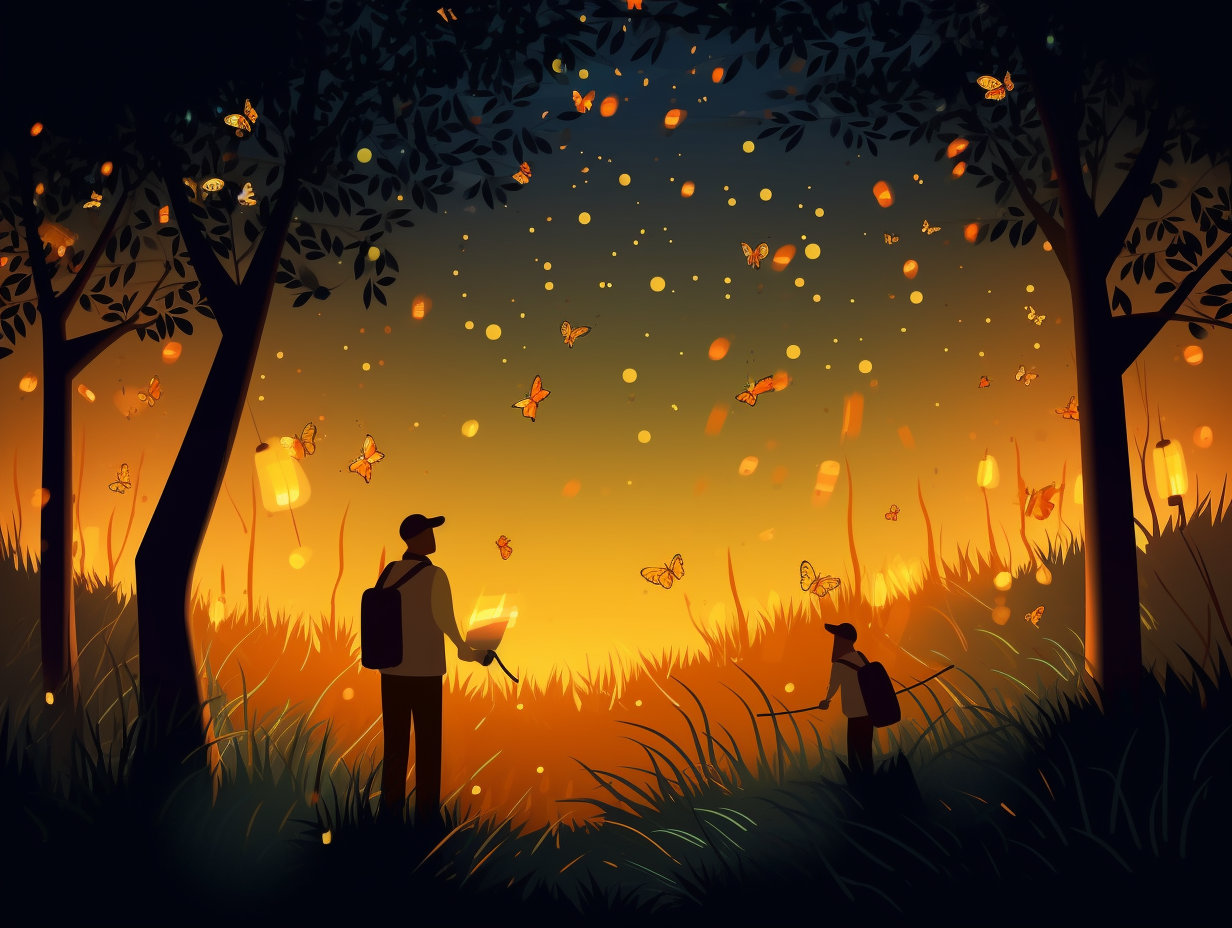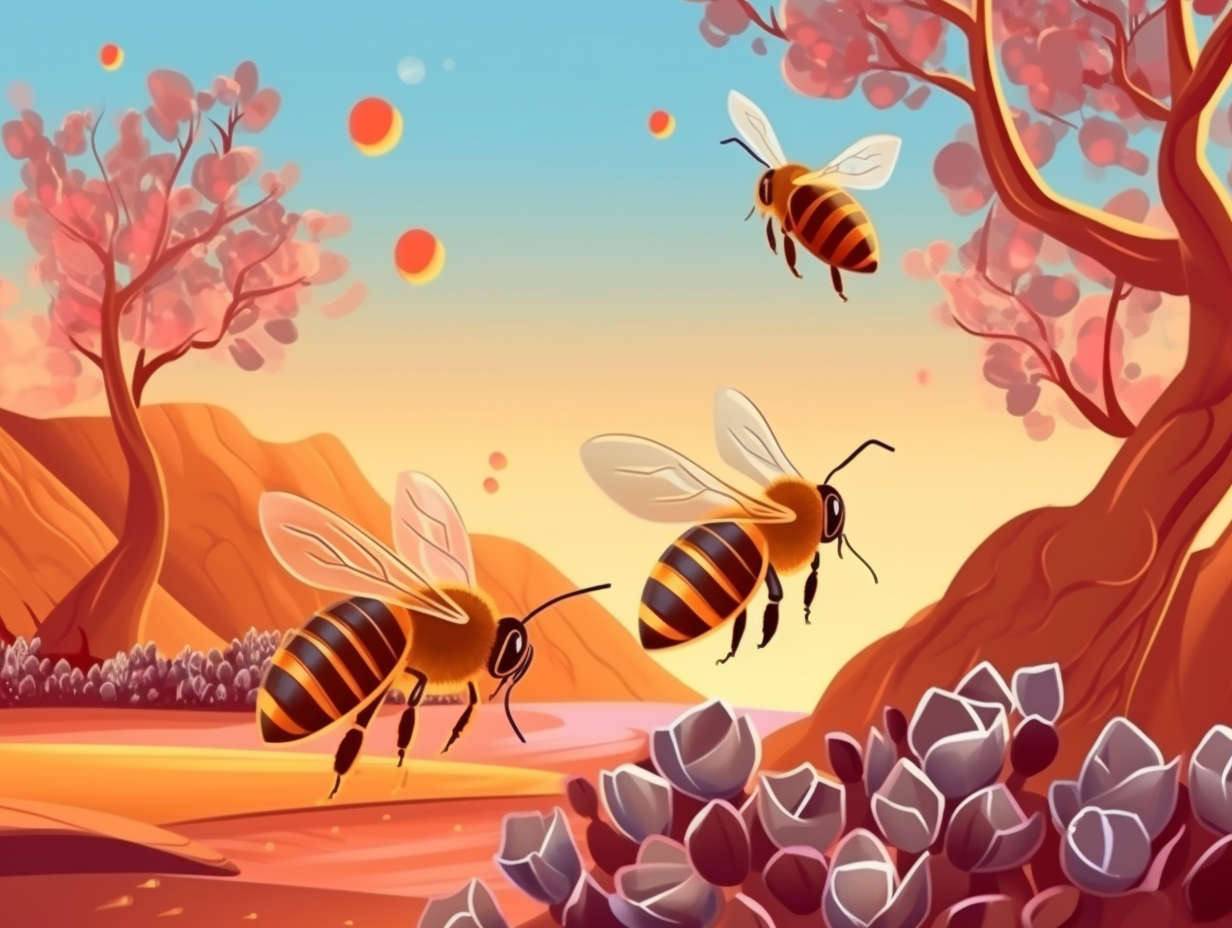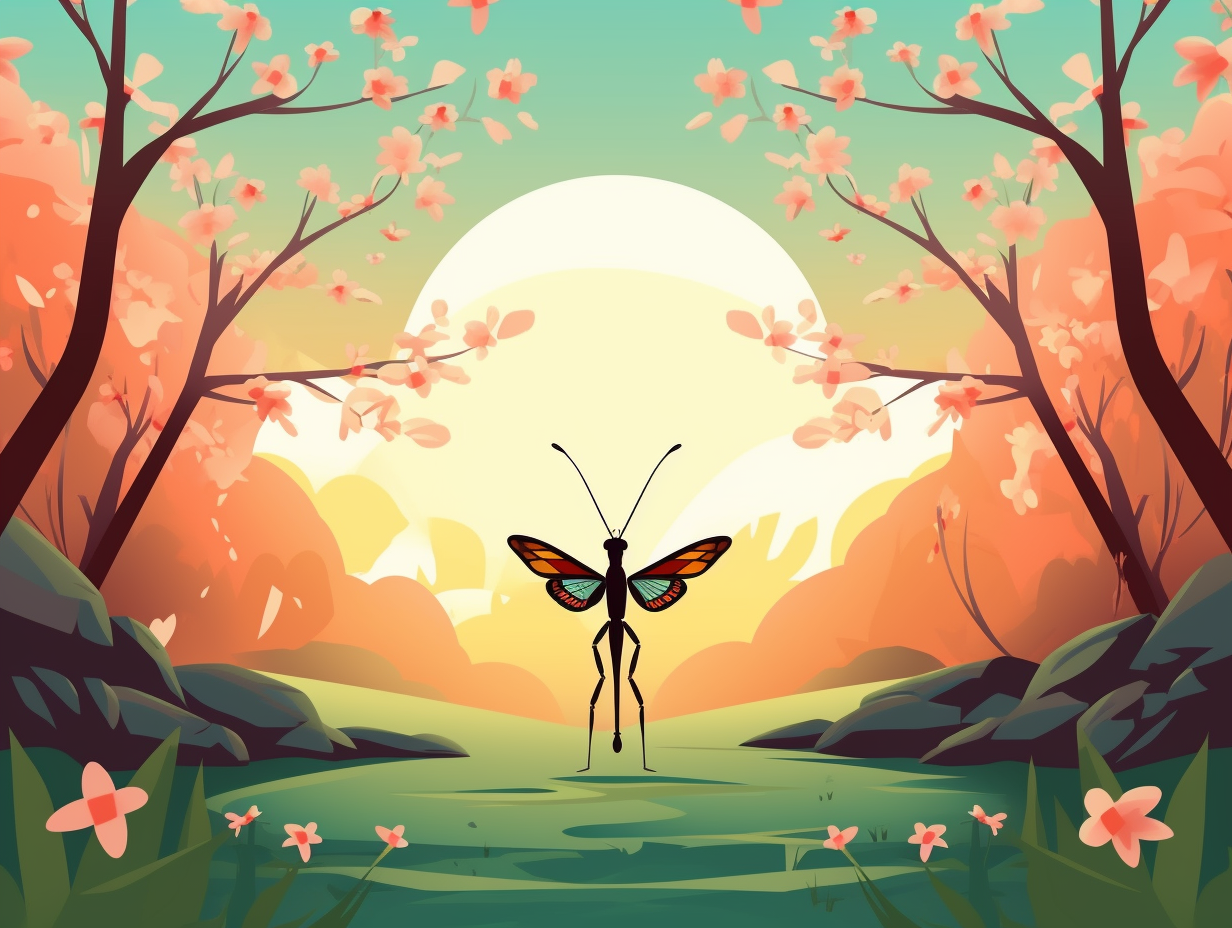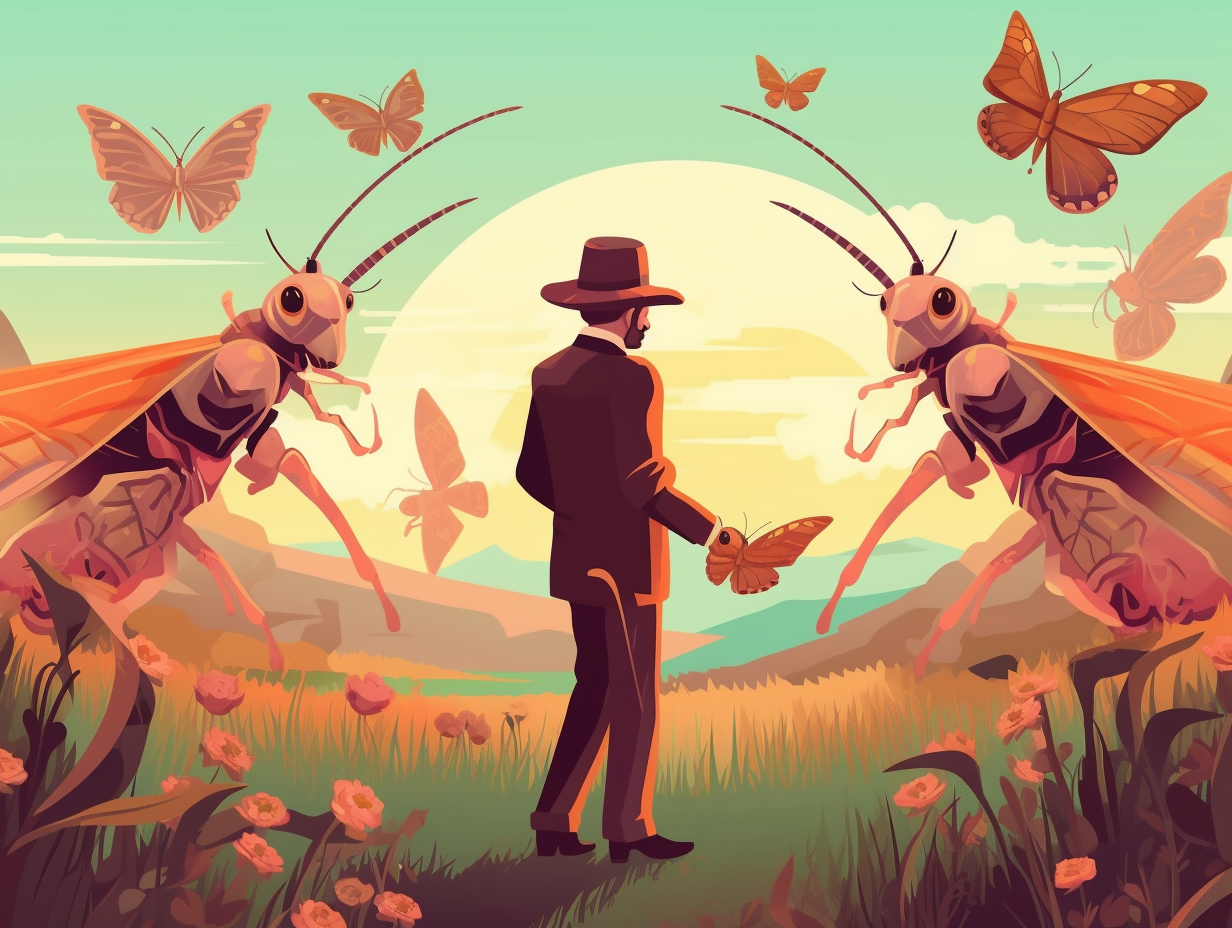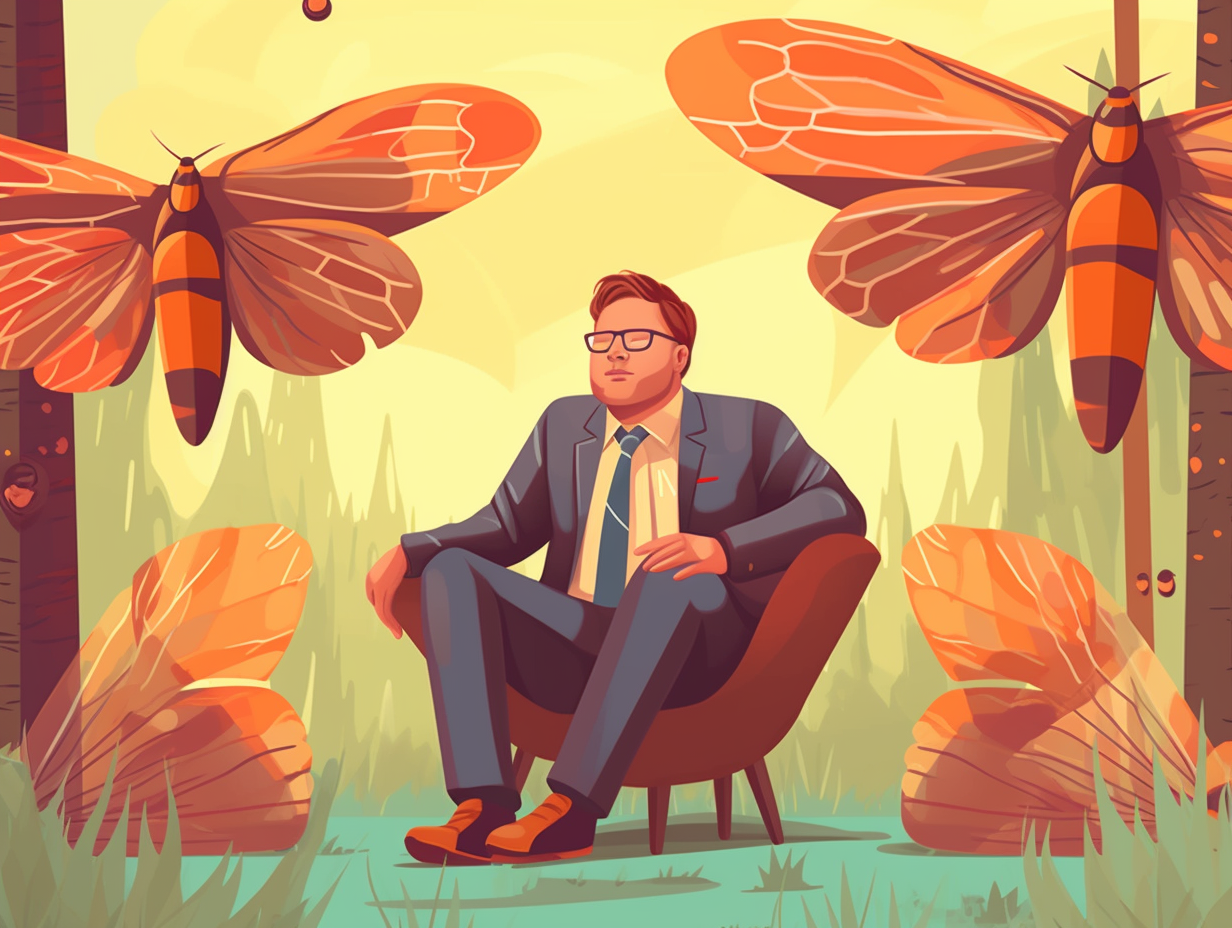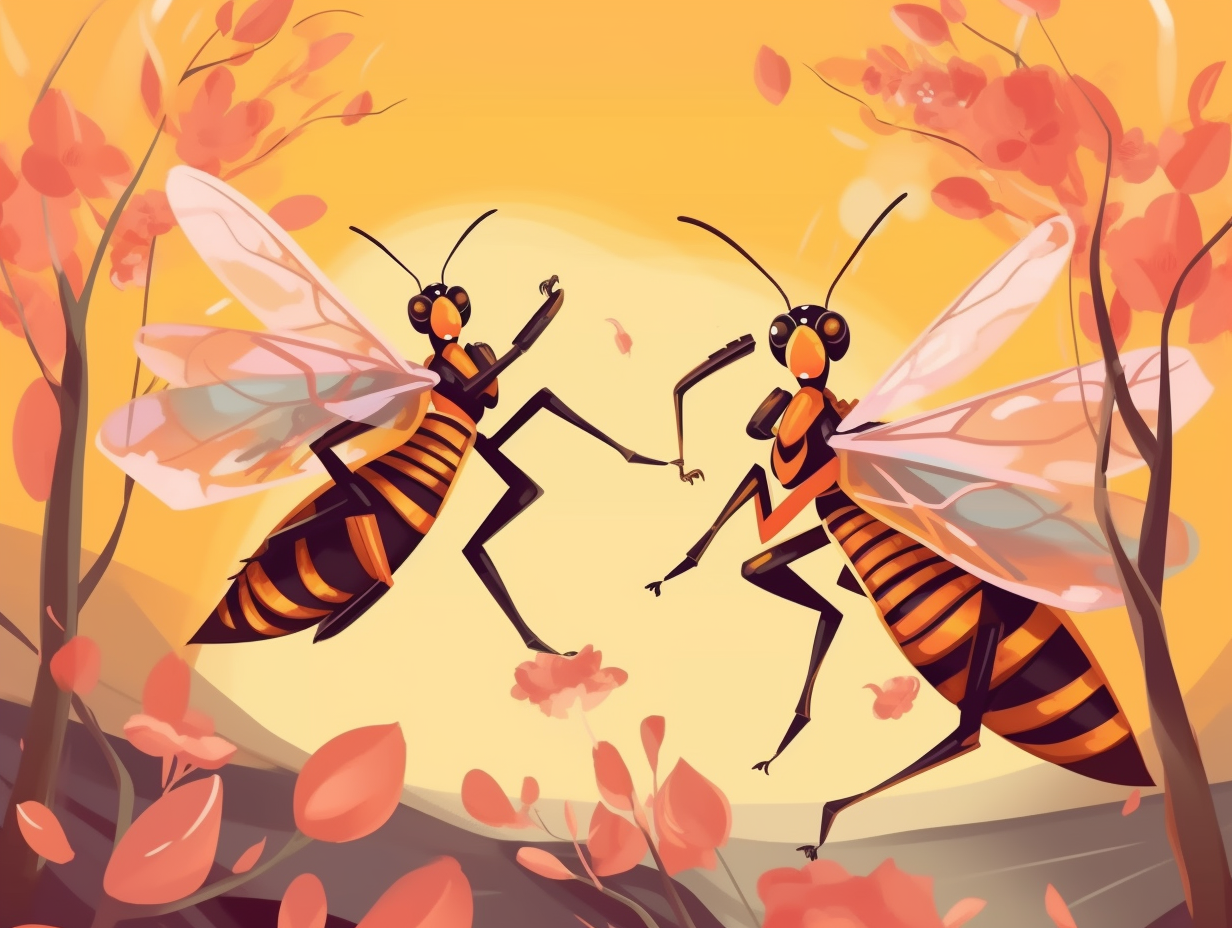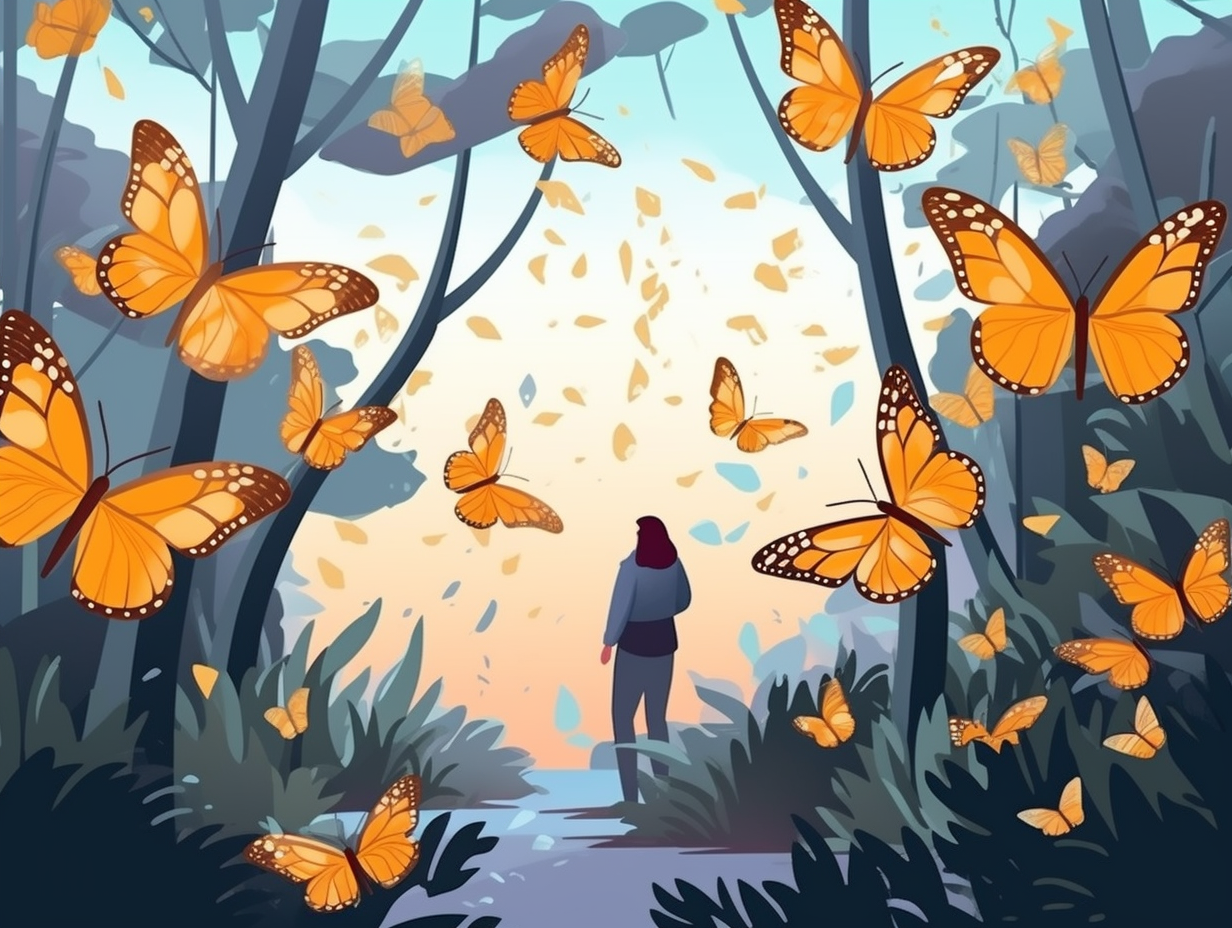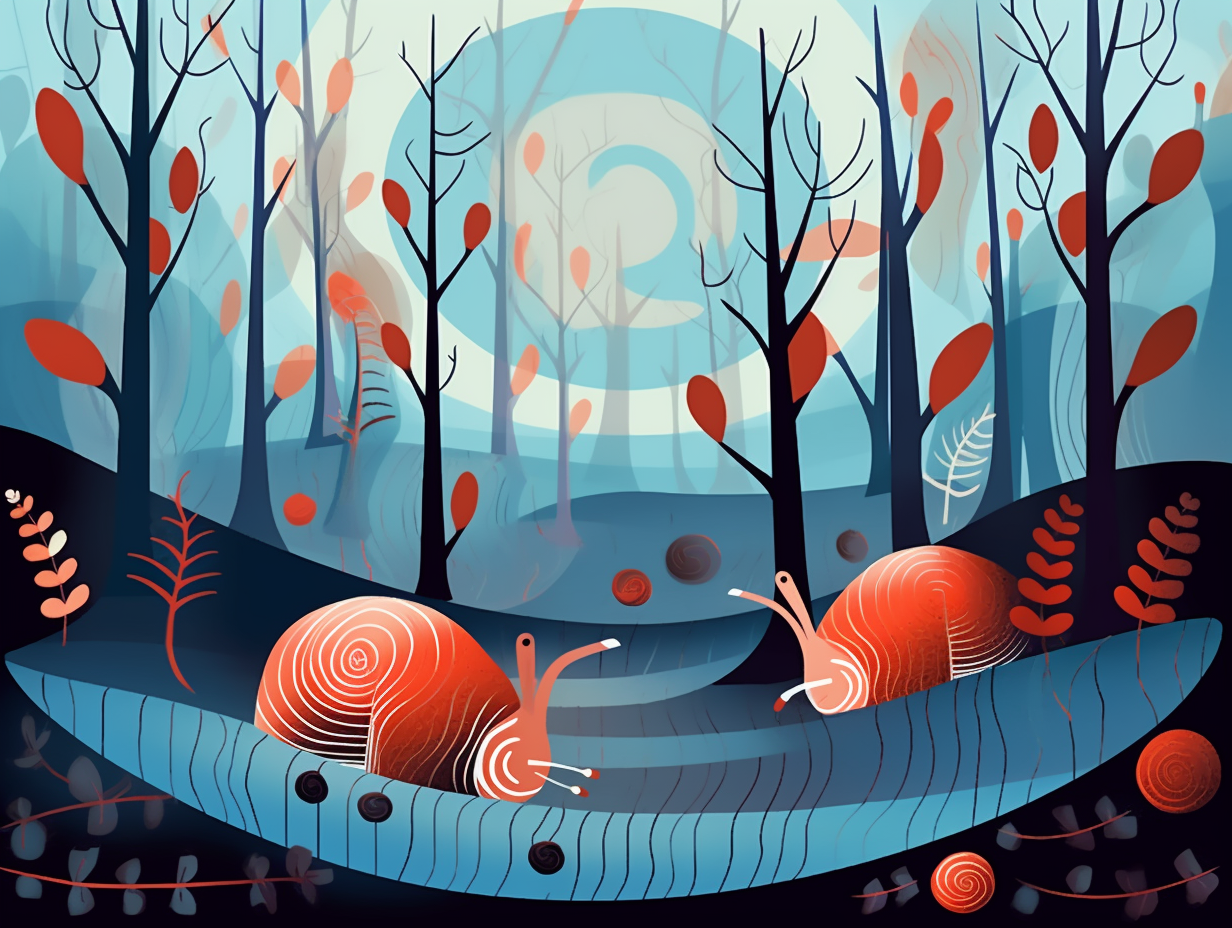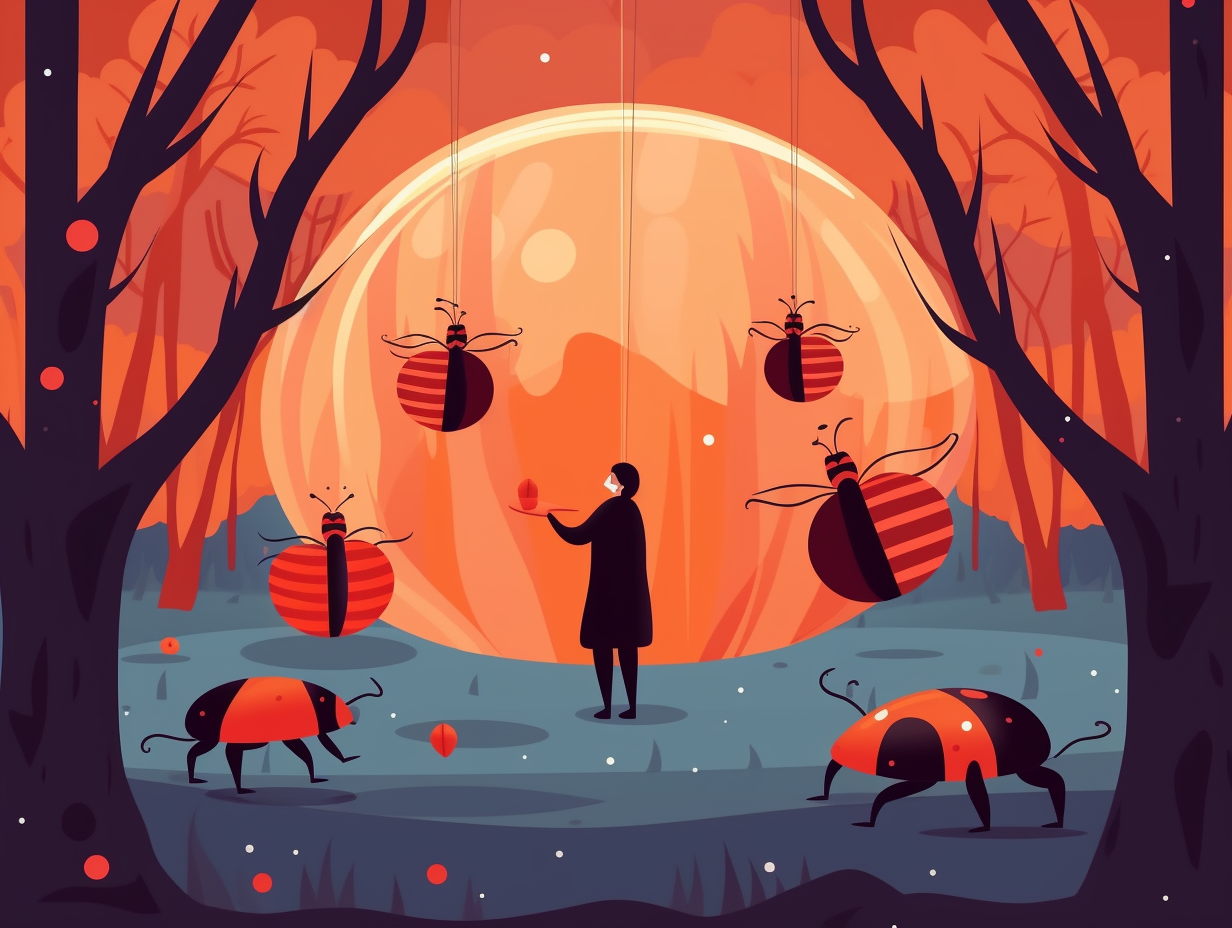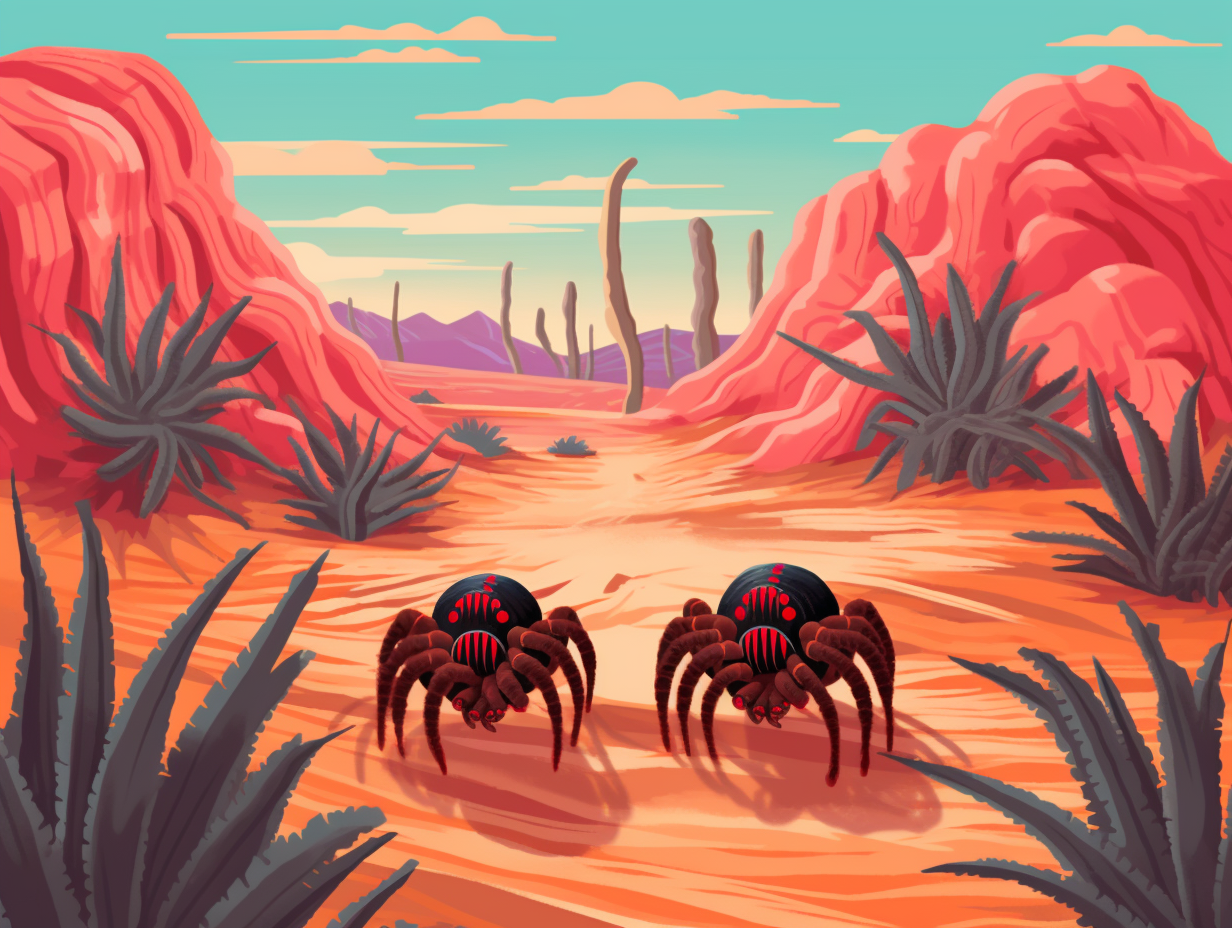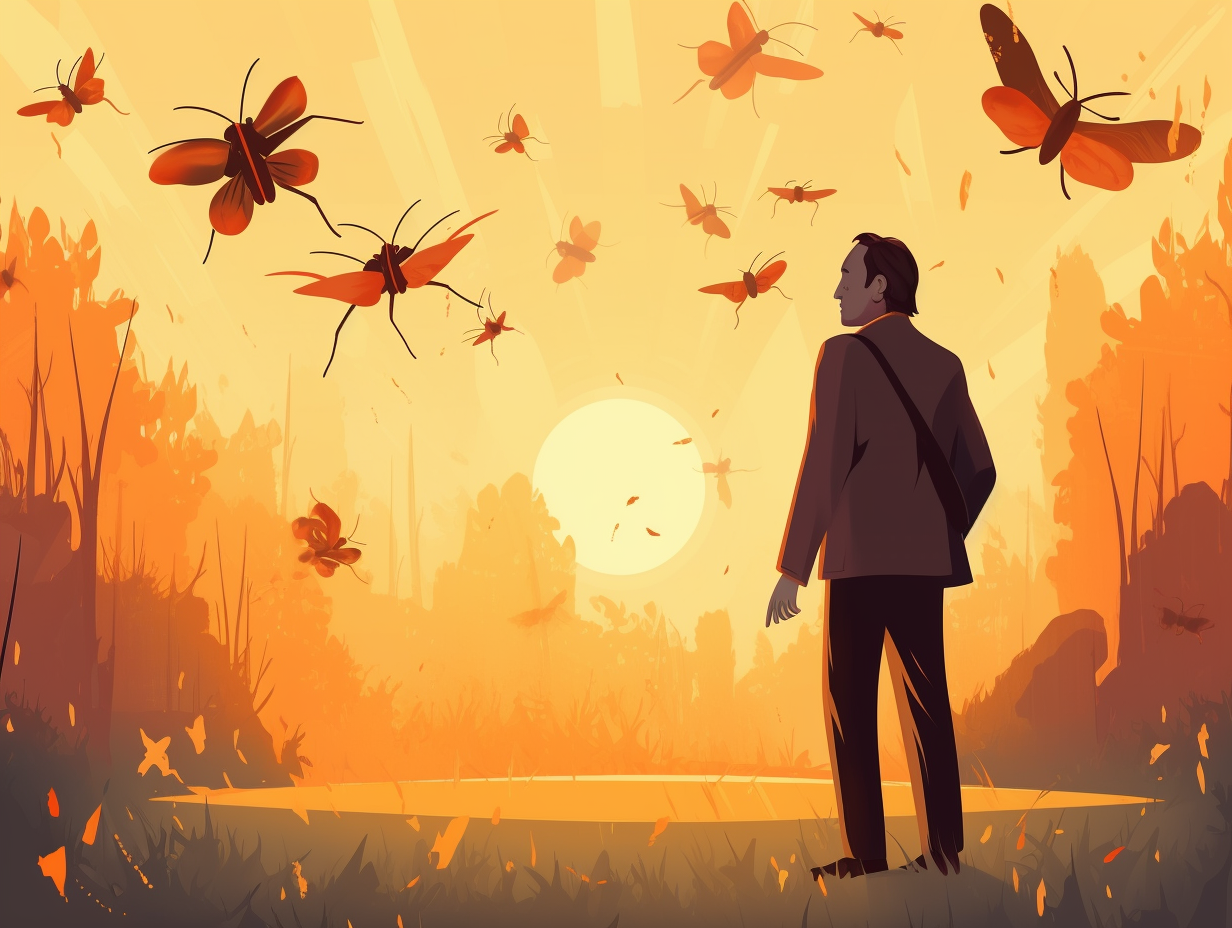Discover the Colorful World of Ladybugs: Top 9 Fascinating Facts to Brighten Your Day
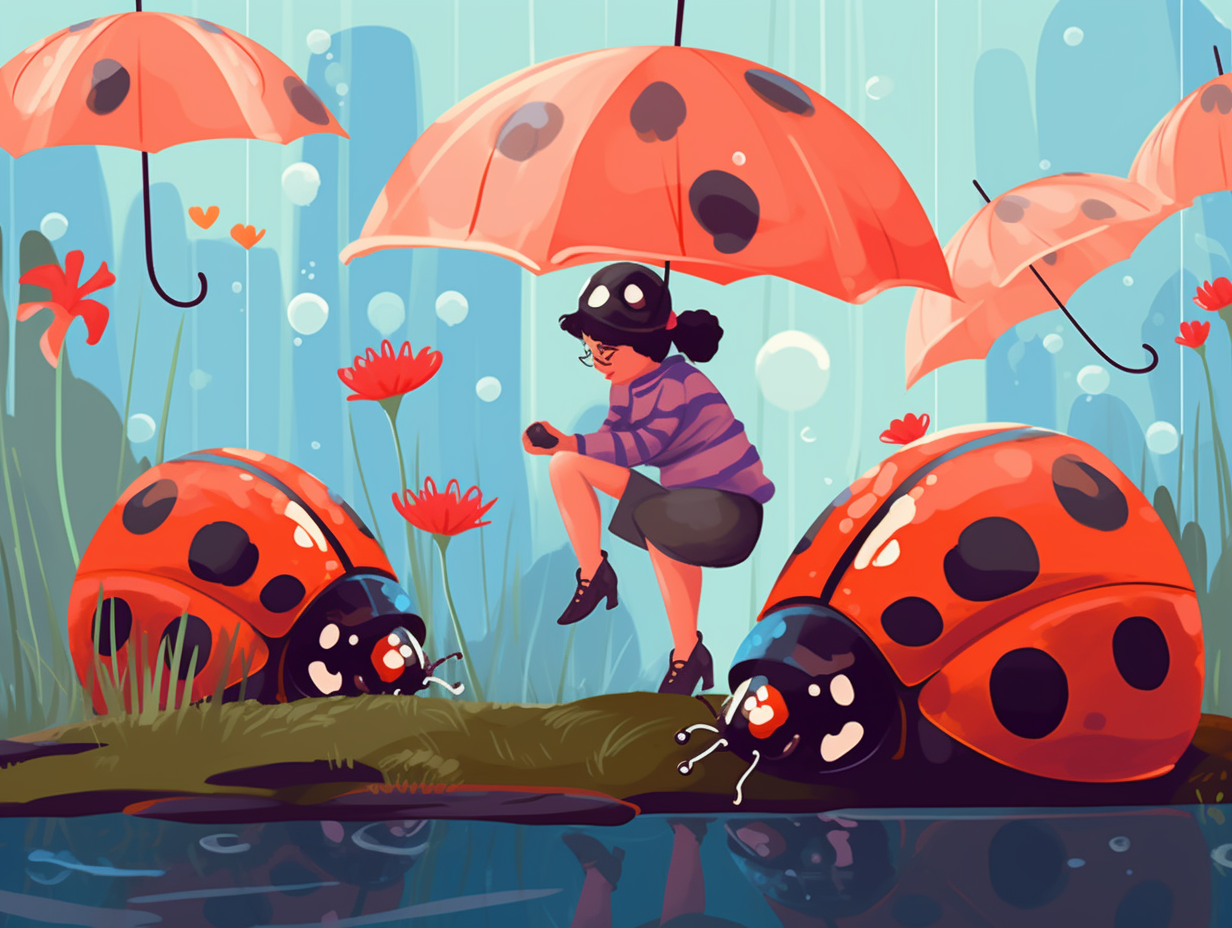
1. Sherlock Holmes of the Insect World
Who needs Sherlock Holmes when you've got ladybugs on the case, devouring every insect villain in their path – it's a bugs' world out there, after all: These spotty little detectives can eat through 300 aphids in their lifetime, not to mention munching on other soft-bodied insects, mites, and even some species that tackle mildew and fungi, proving themselves valuable allies in the battle against agricultural pests like the Colorado Potato Beetle and the European Corn Borer.
Source => planetnatural.com
2. Stinky Defense Mechanism
Ladybugs may be small, but they pack a big olfactory punch when danger comes a-knocking: these tiny guardians of the garden deter predators by releasing a pungent, unappetizing liquid from their leg joints in a rather dramatic display known as reflex bleeding.
Source => michepestcontrol.com
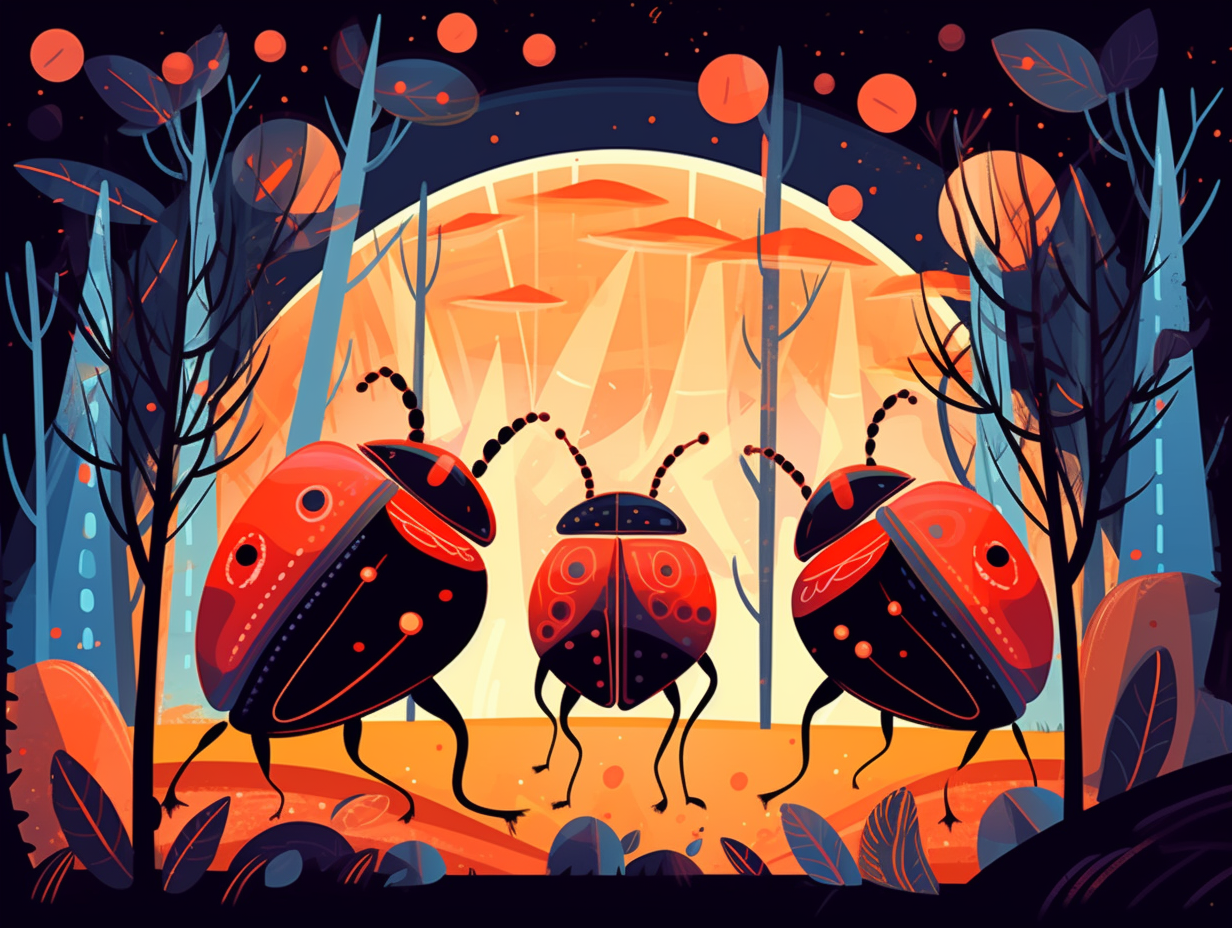
Discover the secret behind beetles' shimmering exoskeletons, and find out which other creatures have joined the kaleidoscope club for a dazzling wardrobe! ✨🐞
=> Fun Facts about Beetles
3. Polka-Dot Fashionistas
When it comes to accessorizing, ladybugs are the queens of the insect fashion world - but don't be misled by their polka-dot couture and tiny black handbags: the number of spots on a ladybug's back actually varies from zero to 22, depending on the species - talk about a-twee-tude!
Source => assuredenvironments.com
4. Pac-Man of the Garden
Move over, Pac-Man: Ladybugs are the true arcade champions of gobbling up pesky little critters! These spotty dynamos can munch on a whopping 5,000 aphids throughout their bug-tastic lifetime, making them a gardener's dream come true and a secret weapon in productive farms.
Source => forsyth.k12.ga.us
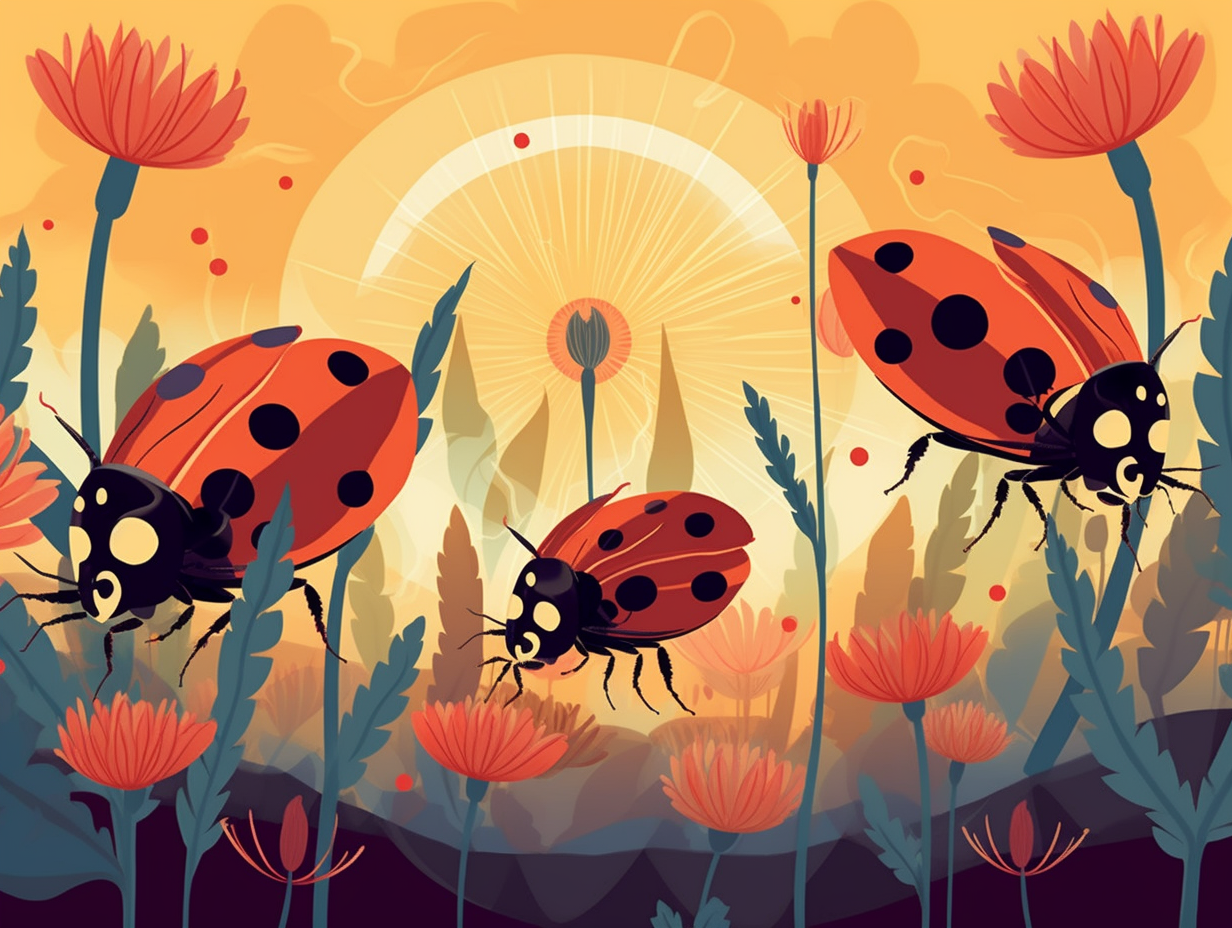
5. Underwater-averse Superheroes
Ladybugs: the tiny polka-dotted superheroes of the insect world, fearlessly going where no bug has gone before – well, almost everywhere but the seven seas. They're not into underwater adventures: With over a million classified species of insects and possibly ten times more waiting to make their debut, insects like ladybugs have made themselves at home in virtually every habitat, save for oceans. These versatile critters aren't just pretty faces, as they play a crucial role in both plant consumption and serving as a major chow source for other creatures. In fact, they're like nature's pest control, helping us out by taking pesky insects down a notch without resorting to harmful pesticides, making our gardens and farms flourish while rocking those fashionable red coats.
Source => buglogical.com
6. Sleek Wing-storage Solutions
When you're a fashionable ladybug in need of a sleek wing-storage solution, the fold-and-pack technique flies high: These resourceful insects have the ability to tuck away their hindwings by employing abdominal thrusts and vein curvature, a skill so fascinating that University of Tokyo researchers crafted transparent resin prosthetics for the sake of observation, with potential applications in aerospace engineering.
Source => cosmosmagazine.com
7. Summer Pest Control Side Hustle
These red-dotted fashion icons of the insect world have a sweet summer side hustle: keeping your garden pest-free: Ladybugs are voracious aphid-eaters, providing natural pest control during warm months, while they snuggle up for a cozy nine-month-long winter hibernation, living off their own energy reserves.
Source => dontgivepestsachance.com
8. Reflex Bleeding Drama
If Shakespeare had a ladybug, it might say, "To bleed, or not to bleed? That is the flavor-saving question": When faced with predators, these tiny heroes of the rose garden unleash a disgusting fluid from their legs, a phenomenon called reflex bleeding, acting as a powerful "swipe left" on the bug dating scene.
Source => getbusygardening.com
9. Botanical Bodyguards and Pollinators
These spotty little polka dot enthusiasts aren't just in it for the fashion; they're also botanical bodyguards: Ladybugs are natural predators of pests like aphids and mites, providing organic protection for plants, and they play a vital pollination role by munching on pollen for protein.
Source => homeguides.sfgate.com
Related Fun Facts

